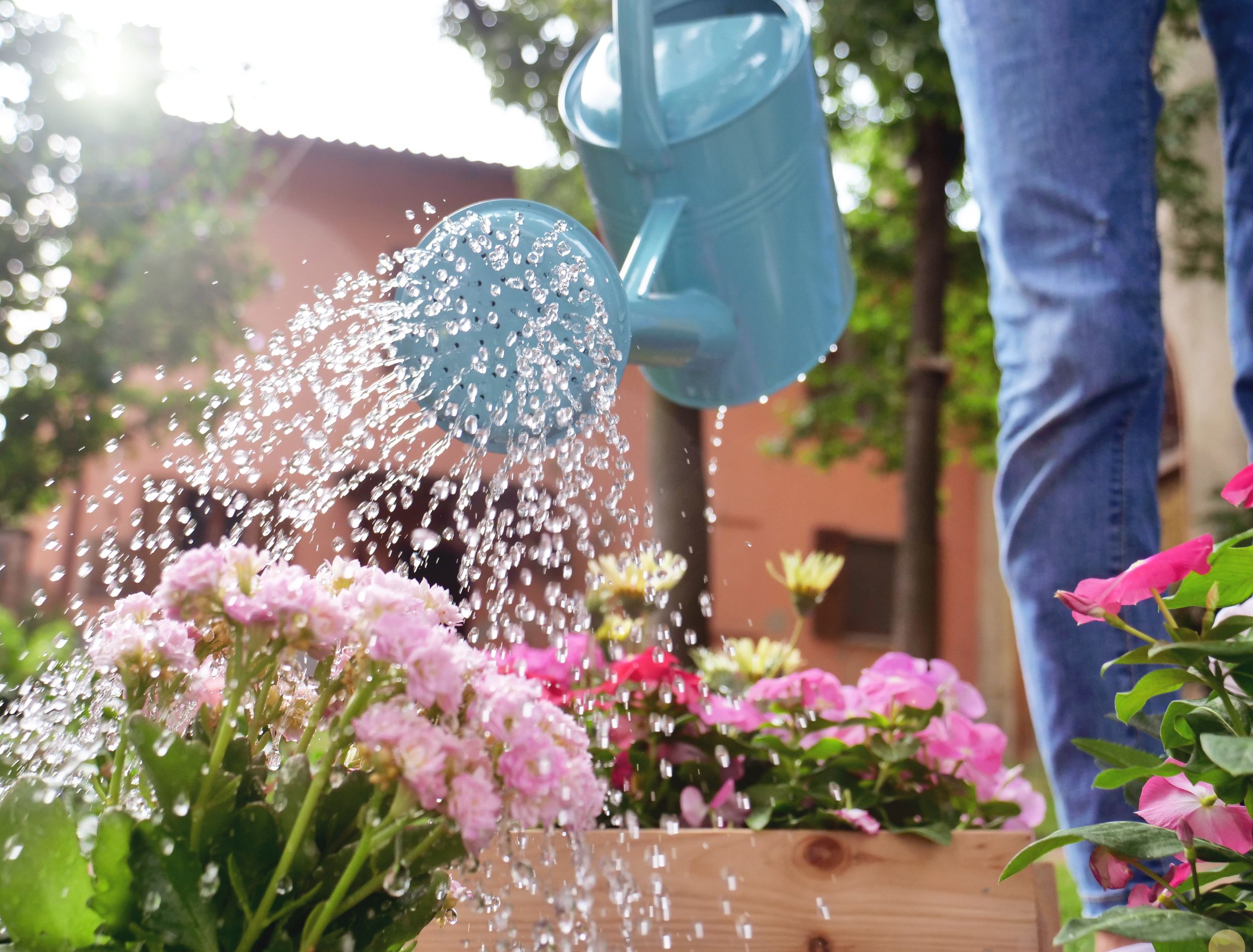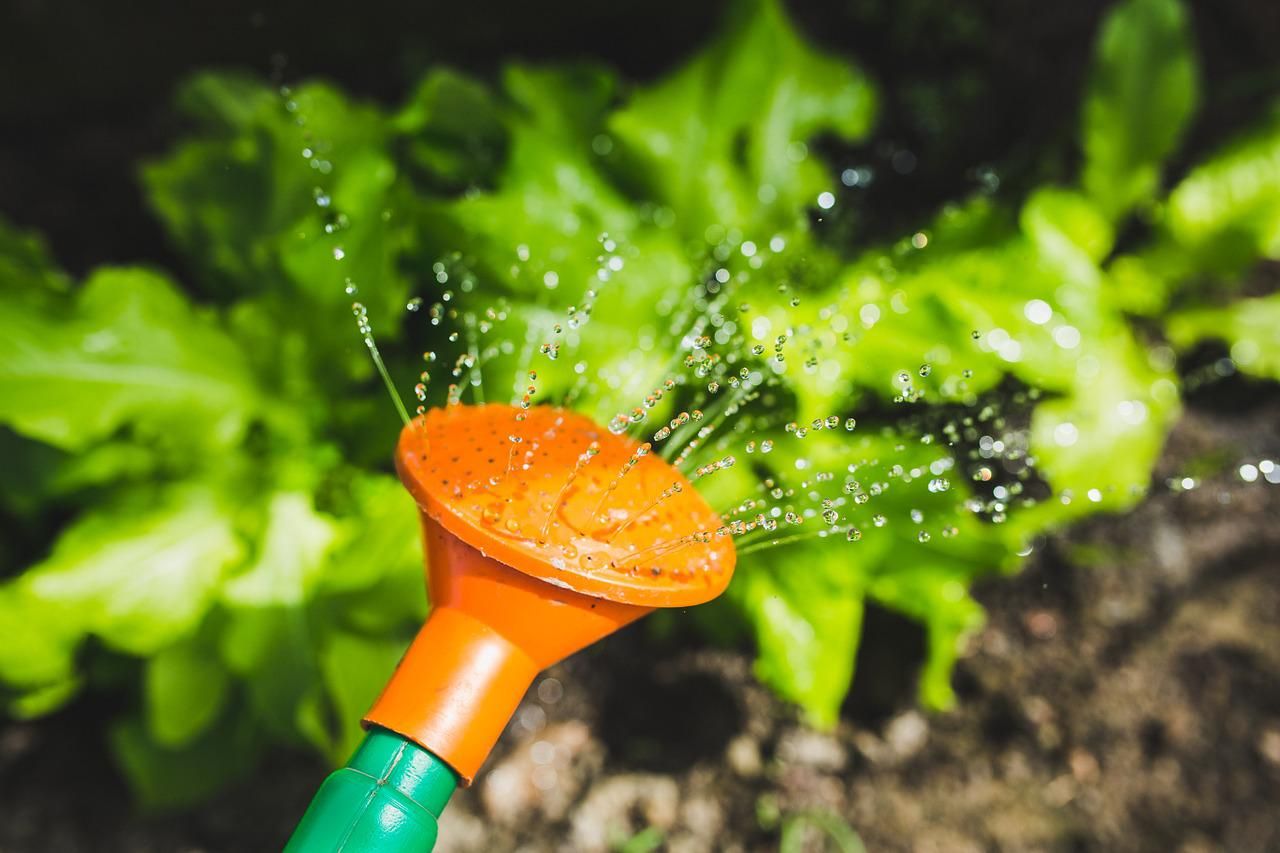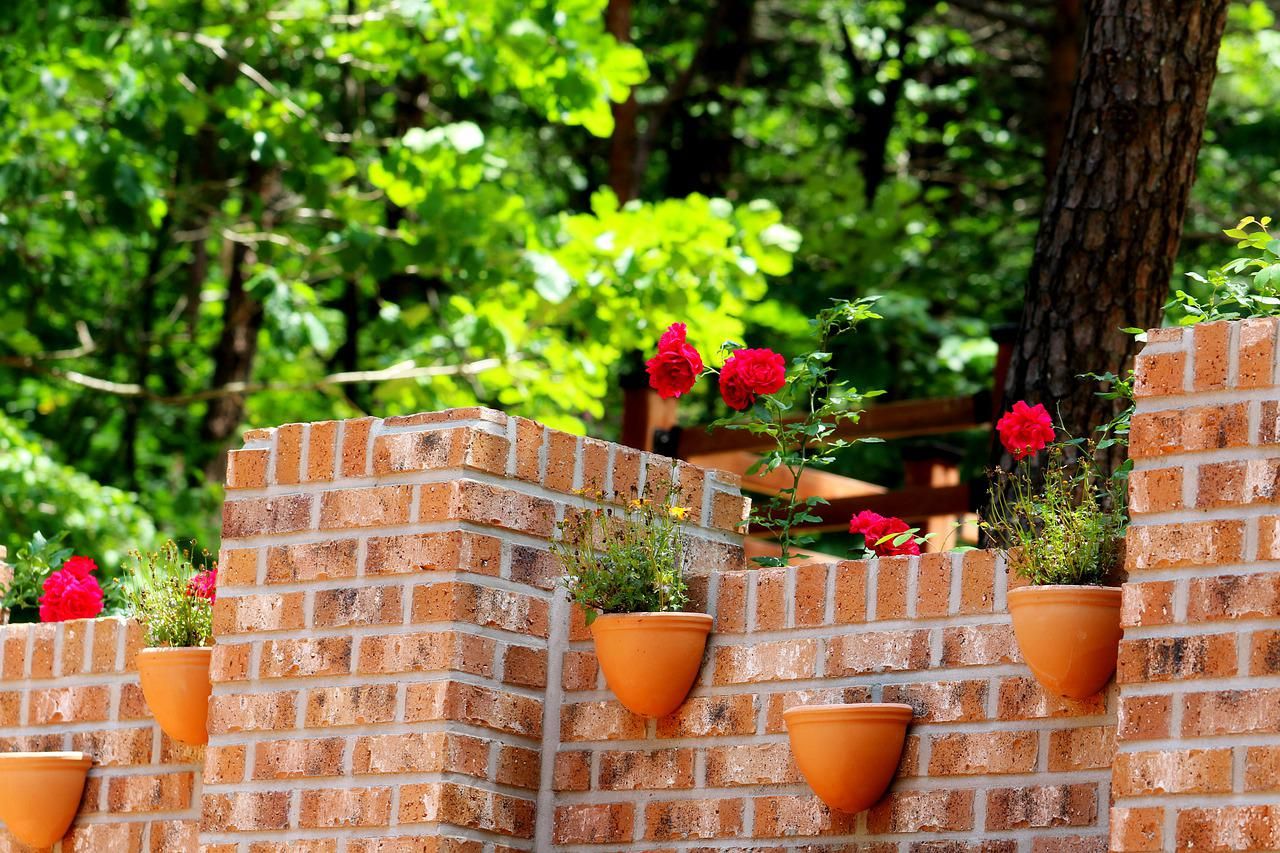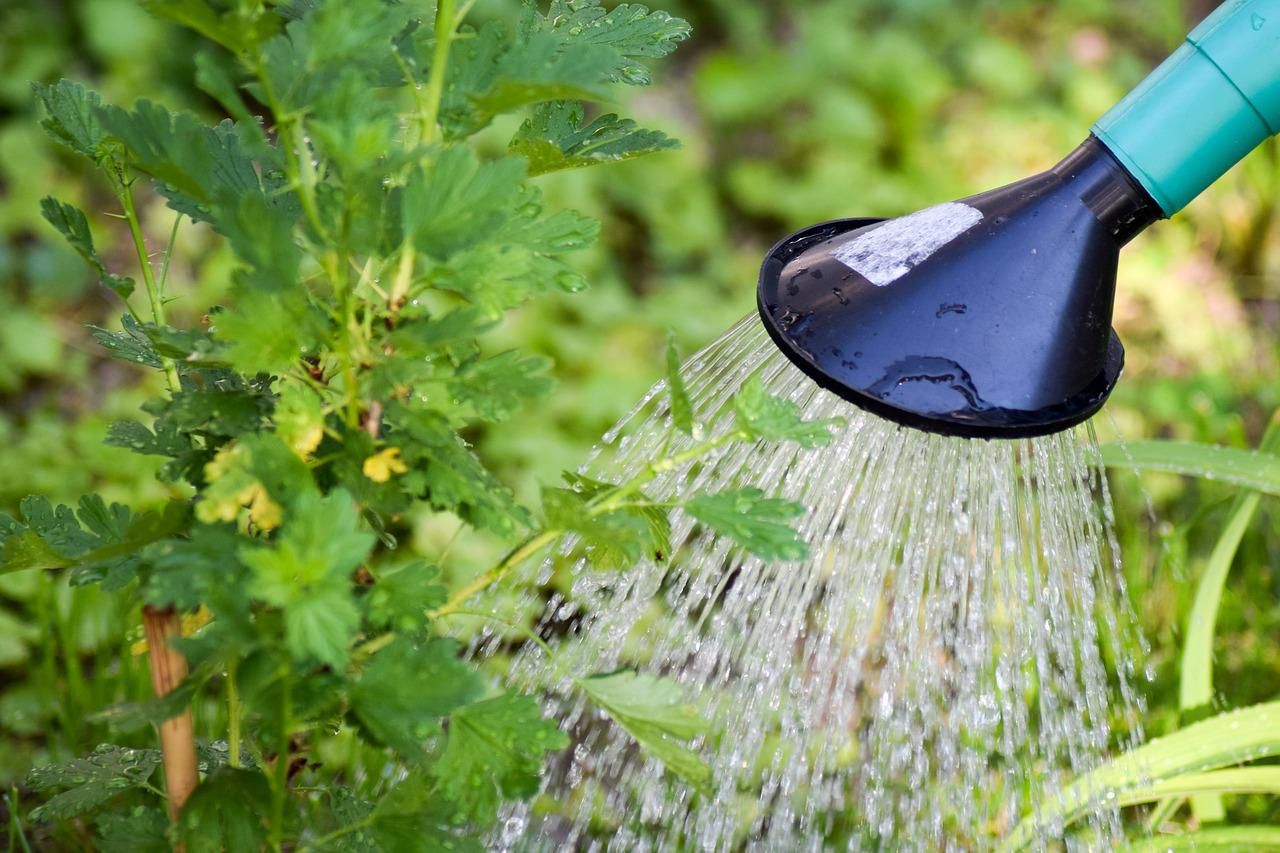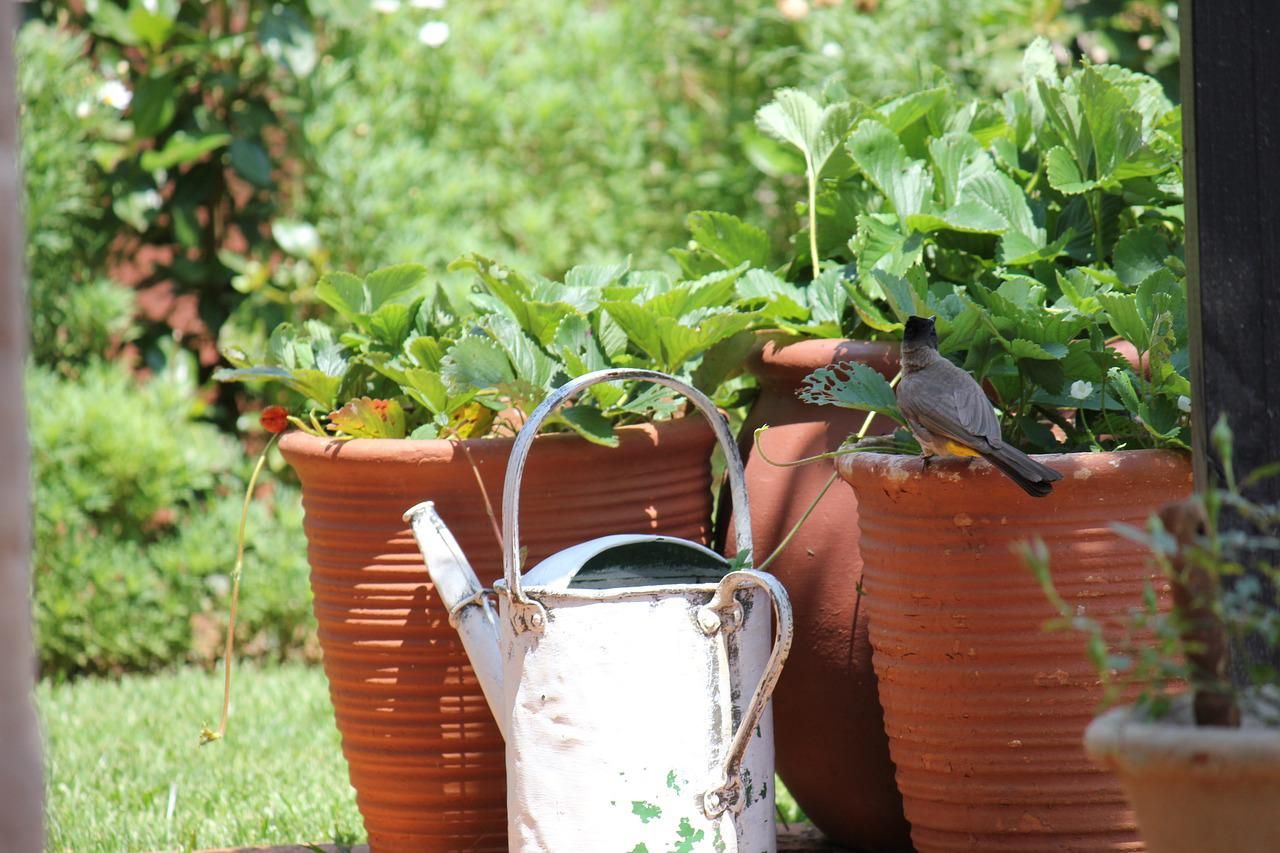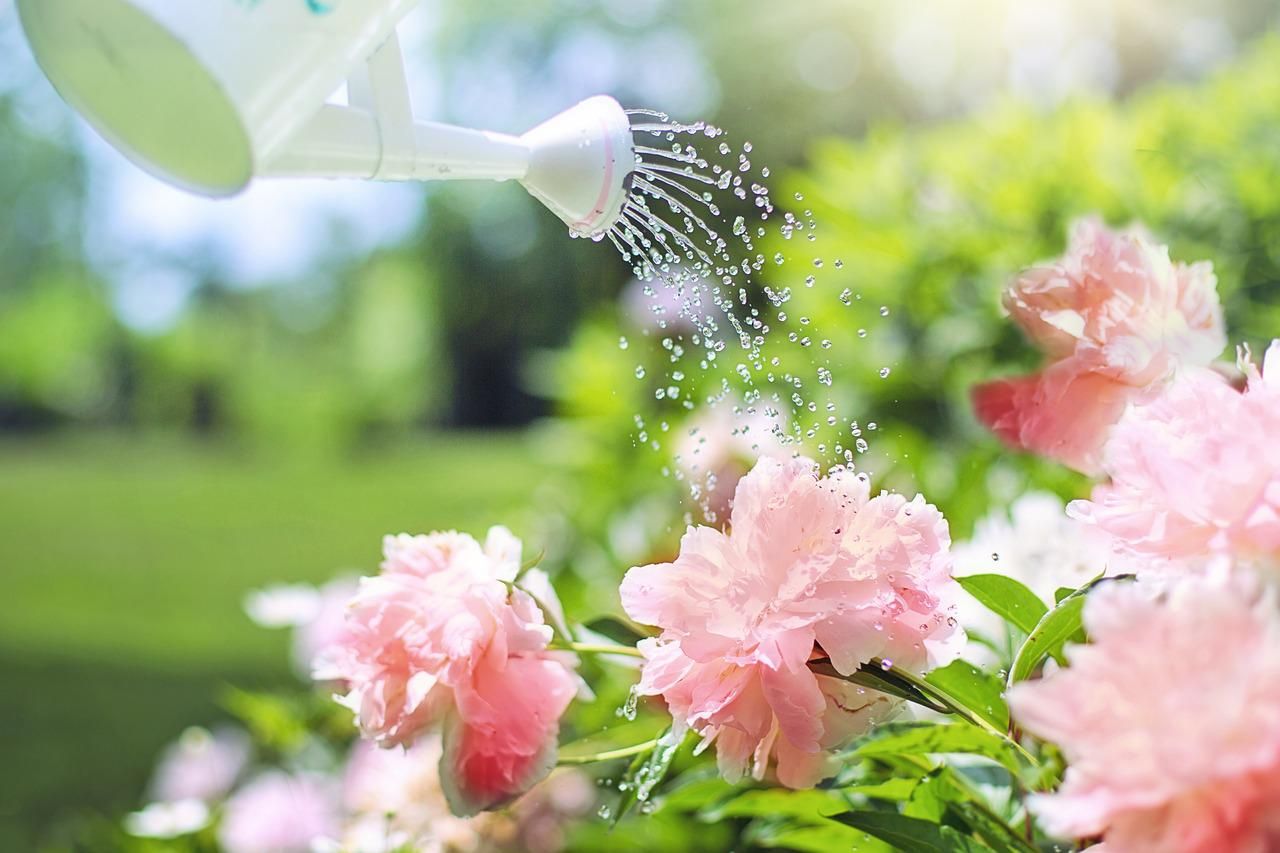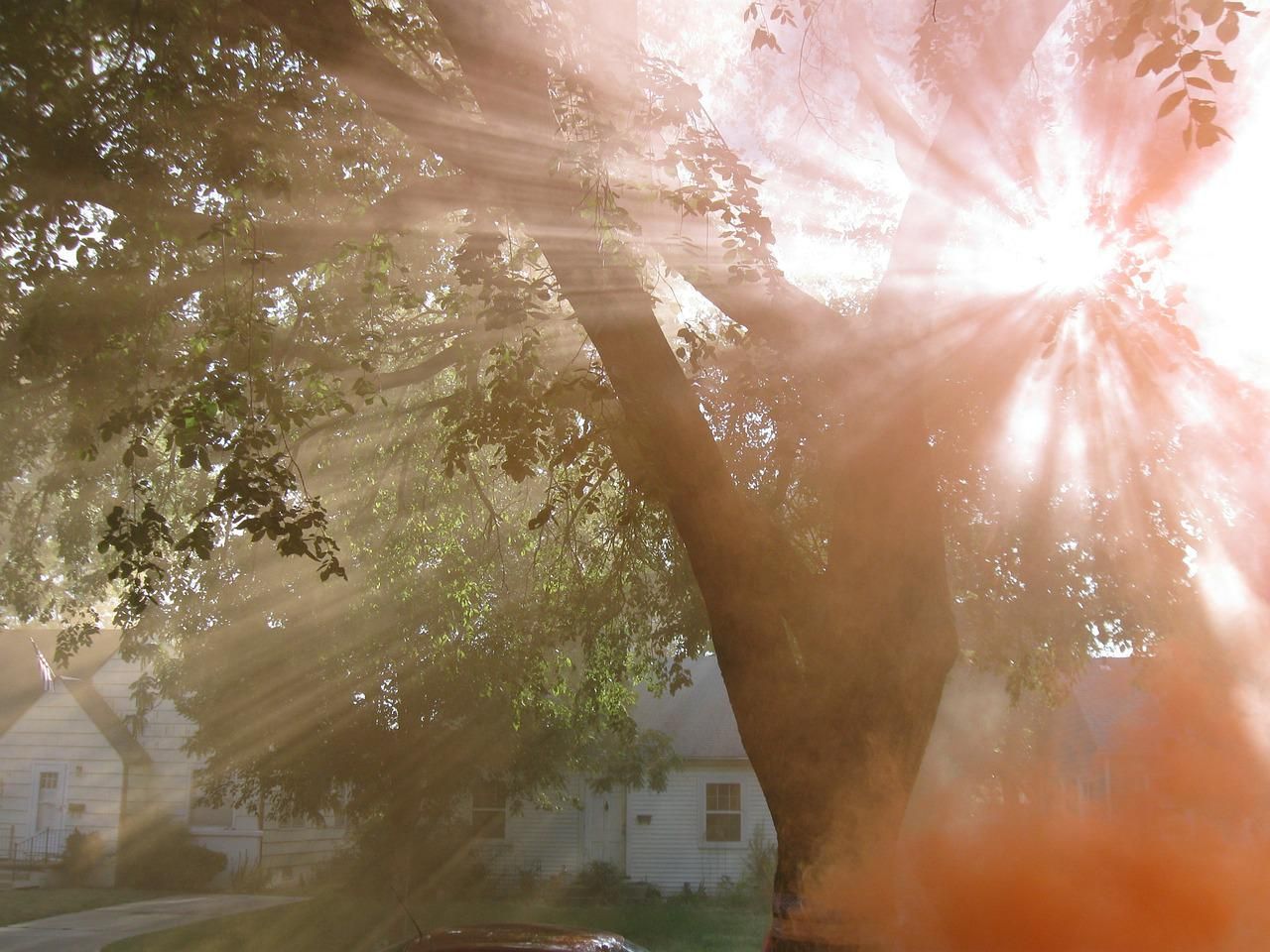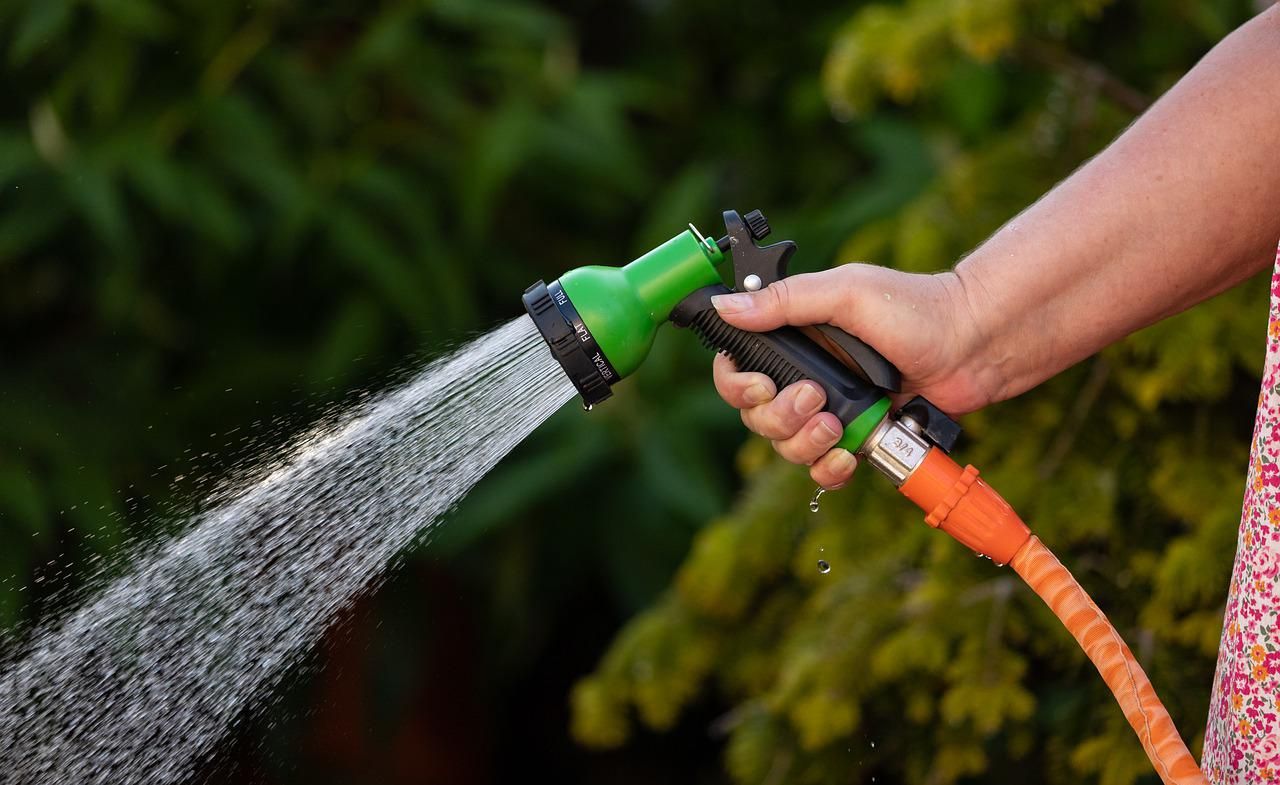Watering outdoor plants can be a challenge, but it doesn't have to be. While it can be difficult to determine when and how to water your plants and crops, there are a few key tips and tricks that will ensure you don't over or underwater your garden. Tools like moisture meters can be a great addition to your gardening arsenal, but we've compiled some of the best things to do and remember when you switch on your sprinkler or hose.
Below, we'll be your guide through all the best tips and tricks for watering outdoor plants. And whether you live in a rainy or sunny climate, are growing plants in planters, or have your very own herb garden, you'll be all set for the summer ahead.
Water Thoroughly and Evenly
Image credits: kaboompics via Pixabay
The most important thing to do when watering outdoor plants is to water them thoroughly and evenly. If you're only soaking one section of your garden, the rest of the plants won't get the attention they deserve.
So, when watering, ensure that the soil is fully moistened around all of your plants. It may take some time, but you'll eventually find the sweet spot for the amount of water your plants need. To ensure the soil is properly penetrated, scoop up a small section and test how deep the water has soaked.
Water Only When Necessary
Image credits: manseok_Kim via Pixabay
Overwatering kills plants just as much–if not more often–than underwatering does. So, it's crucial to only water your plants when they need it. Of course, there are a lot of factors that contribute to how often your plants will need to be watered, including the type of soil you choose, the weather conditions, and whether they're planted in the ground or a pot.
The best rule of thumb is to ensure the soil is moist at least 6 inches from the surface. Once or twice a week may suffice, but you might have to water more often during hotter weeks of the year.
Water the Roots
Image credits: annawaldl via Pixabay
When it comes to watering outdoor plants, the most important target is their roots. Think of your garden as one huge root system, all of which needs plenty of water. If there is too little moisture, the roots will die and so will the plants.
So, when you're watering, target the hose or watering can to the bottom of the plant. For the most coverage, use a soaker hose for about 20-30 minutes. Also, you can soak the leaves to clean them or to give them moisture and revive wilting.
Watering Outdoor Plants in Pots
Image credits: Debrazee via Pixabay
Plants in pots tend to dry out more quickly than those in the ground, so they need watering more often. To ensure they have been properly watered, the water should come out the drainage holes in the bottom of the pots. Outdoor potted plants usually need to be watered at least once a day, especially during the summer.
Interested in starting your own garden with a few outdoor pots? Check out our guide on how to plant a container garden!
Tips for Watering Outdoor Plants
Image credits: JillWellington via Pixabay
Now that you know the key things to consider when it comes to watering outdoor plants, we've got some tips for keeping your watering schedule in check.
- Water in the morning: by watering plants in the morning, you give the water ample time to soak into the soil. And if you overwater or wet the leaves, the sun will dry them off throughout the day
- Water daily in the summer: while watering once or twice a week during the spring and fall will suffice, watering daily throughout the summer is a necessity. For some species, you may even want to water twice a day
- Maintain good soil moisture levels: your plants will stay strong and happy all summer if you allow the water to fully penetrate the soil
- Water evenly around the plant: ensure the plant's entire root system is watered so the plant will continue to grow evenly
- Use clay-rich soil: clay-rich soil is ideal for better water retention and will ensure more even watering, as well as stop the plant from becoming water-logged
- Use mulch: mulch or rocks applied to the surface of the soil will slow moisture loss
Consider the Weather
Image credits: coleentaz via Pixabay
When it comes to watering outdoor plants, the weather is one of the most important details to consider. Higher temperatures, direct sunlight, and the wind tend to dry the soil, while rain tends to keep the soil moist.
So, if you go through a drought and incredibly warm temperatures, you should water the plants more often–potentially even daily. And if you're experiencing a lot of rain and downpours, you won't need to water for a little while.
What to Avoid when Watering Outdoor Plants
Image credits: 9436196 via Pixabay
While this guide has covered plenty of things to do when watering outdoor plants, you may be wondering about things to avoid. Fortunately, we've got the most important details covered below.
First, it's important to consider water conservation, especially in climates that struggle with drought. Opt for a watering can so you know exactly how much water you're using, while also targeting specific areas. You can also choose to implement an irrigation or sprinkler system that will help you water without waste.
Also, avoid constantly soaking leaves. While this is beneficial for keeping your plants clean and hydrated, the water can scorch the leaves. So, it's best to dry off your leaves and focus the water on the roots!
On top of that, water logging is not good for the plants. It can cause a lack of oxygen which will, in turn, suffocate the plant, causing it to stop growing. Plus, it can cause root rot, ultimately causing the plant to die.
In Summary
While there's a fine line between under-watering and overwatering your plants, the sweet spot exists and there are plenty of simple tips to keep in mind to achieve the perfect schedule. Remember the importance of watering in the morning, how to gauge when your plants need water, and what factors can affect how much water your plants need.
Now that you've read up on watering outdoor plants, are you curious about how to water your indoor plants? We've got a guide for that, as well! Check out our tips for watering plants.

